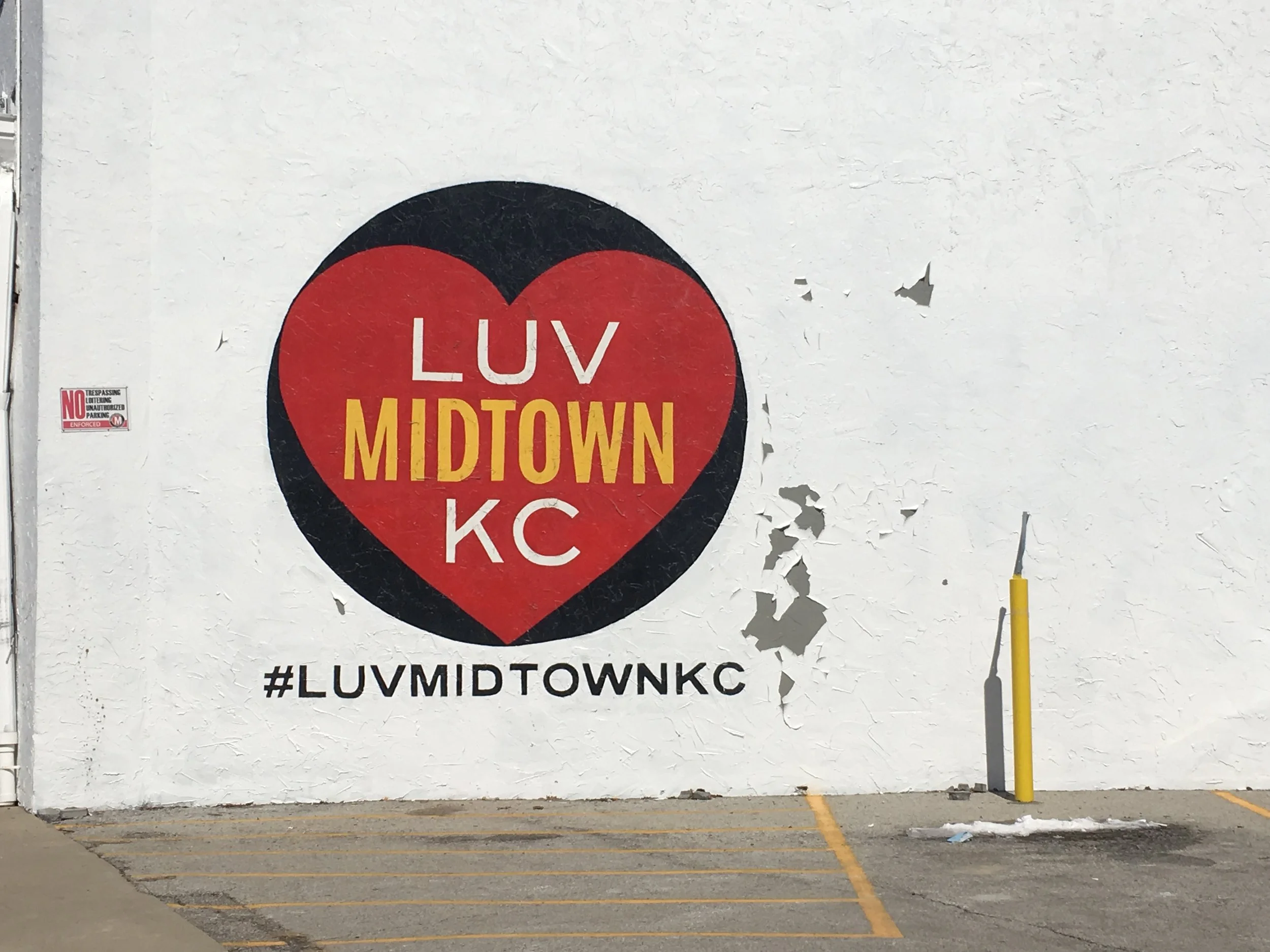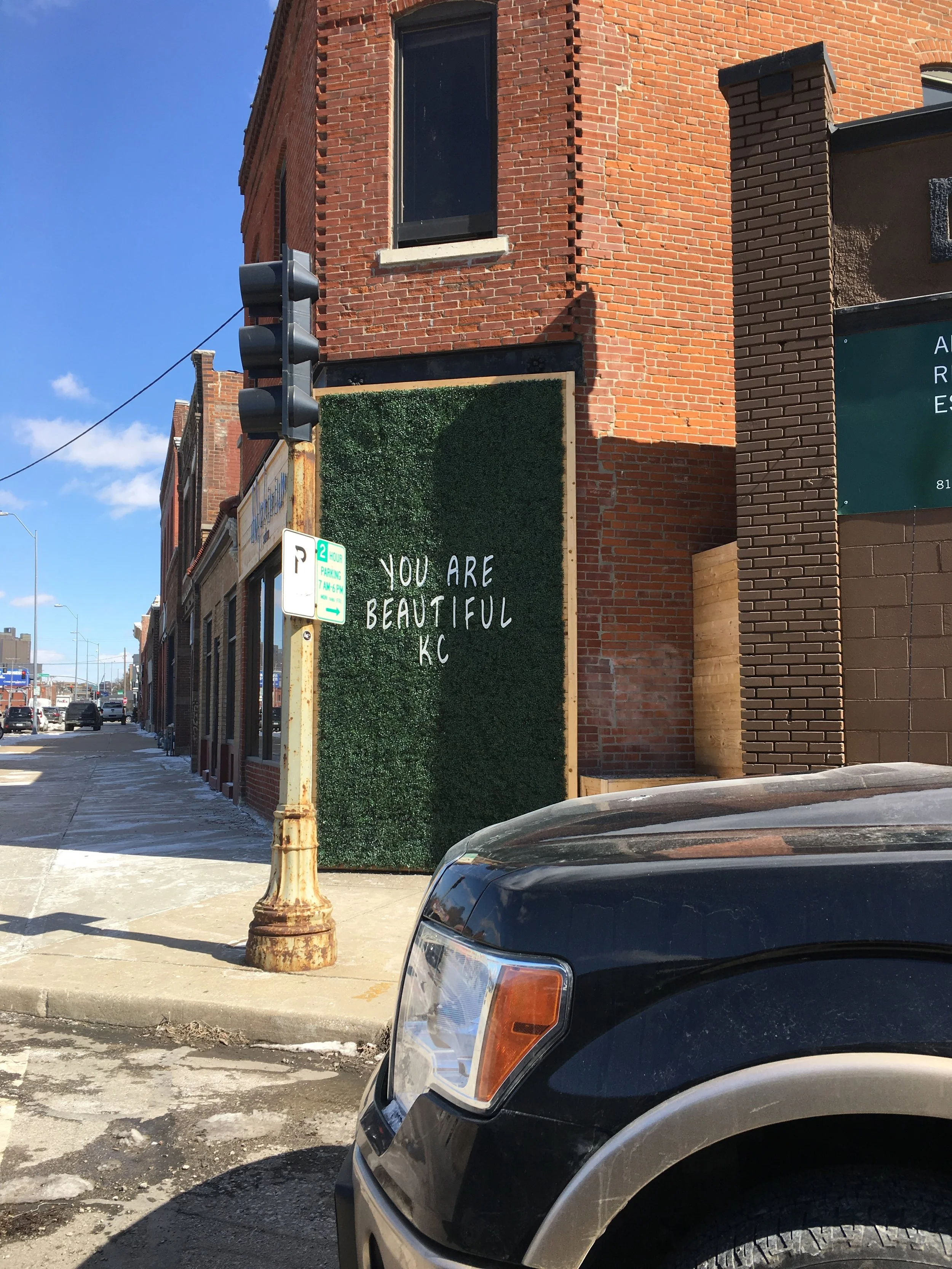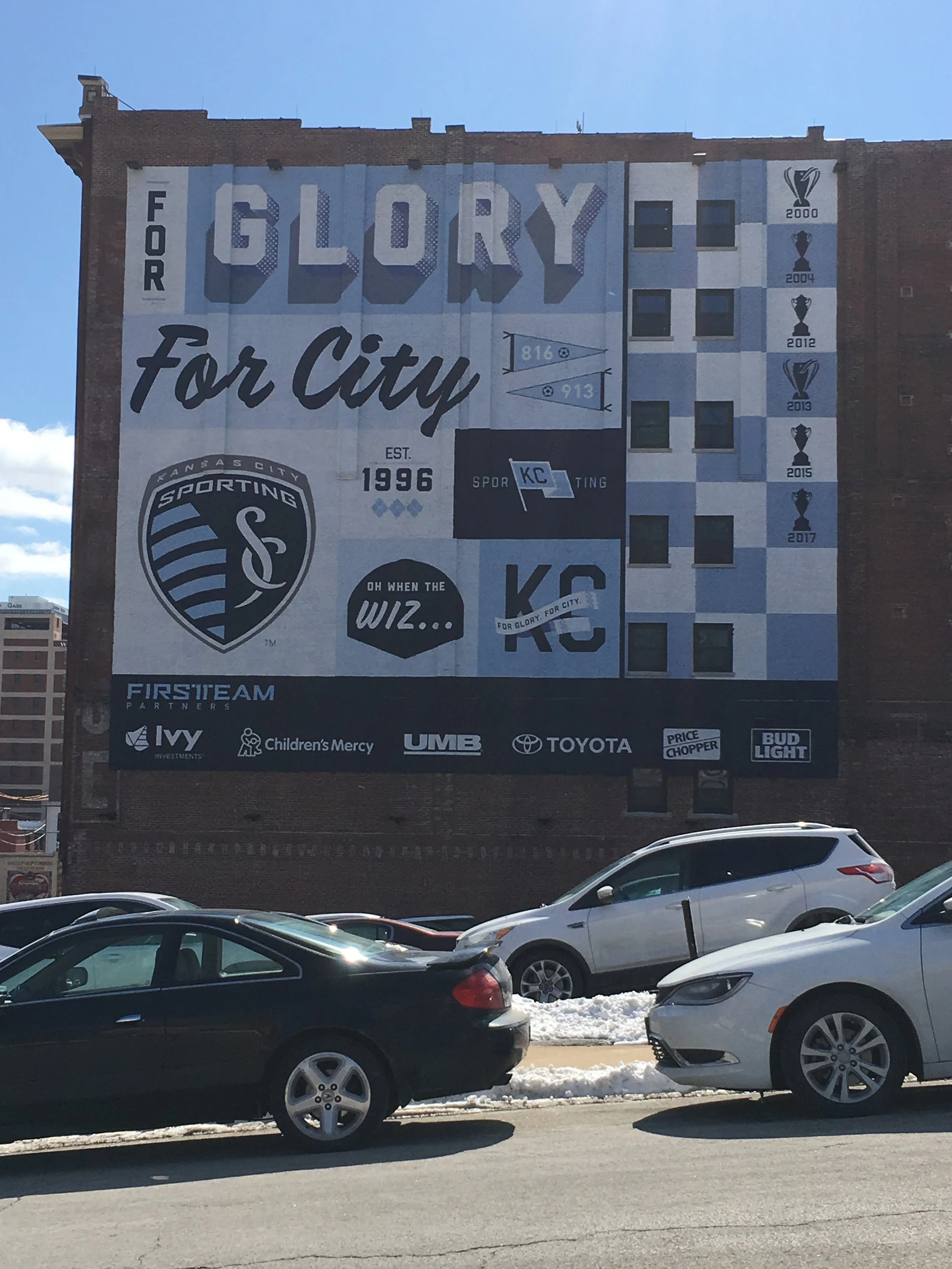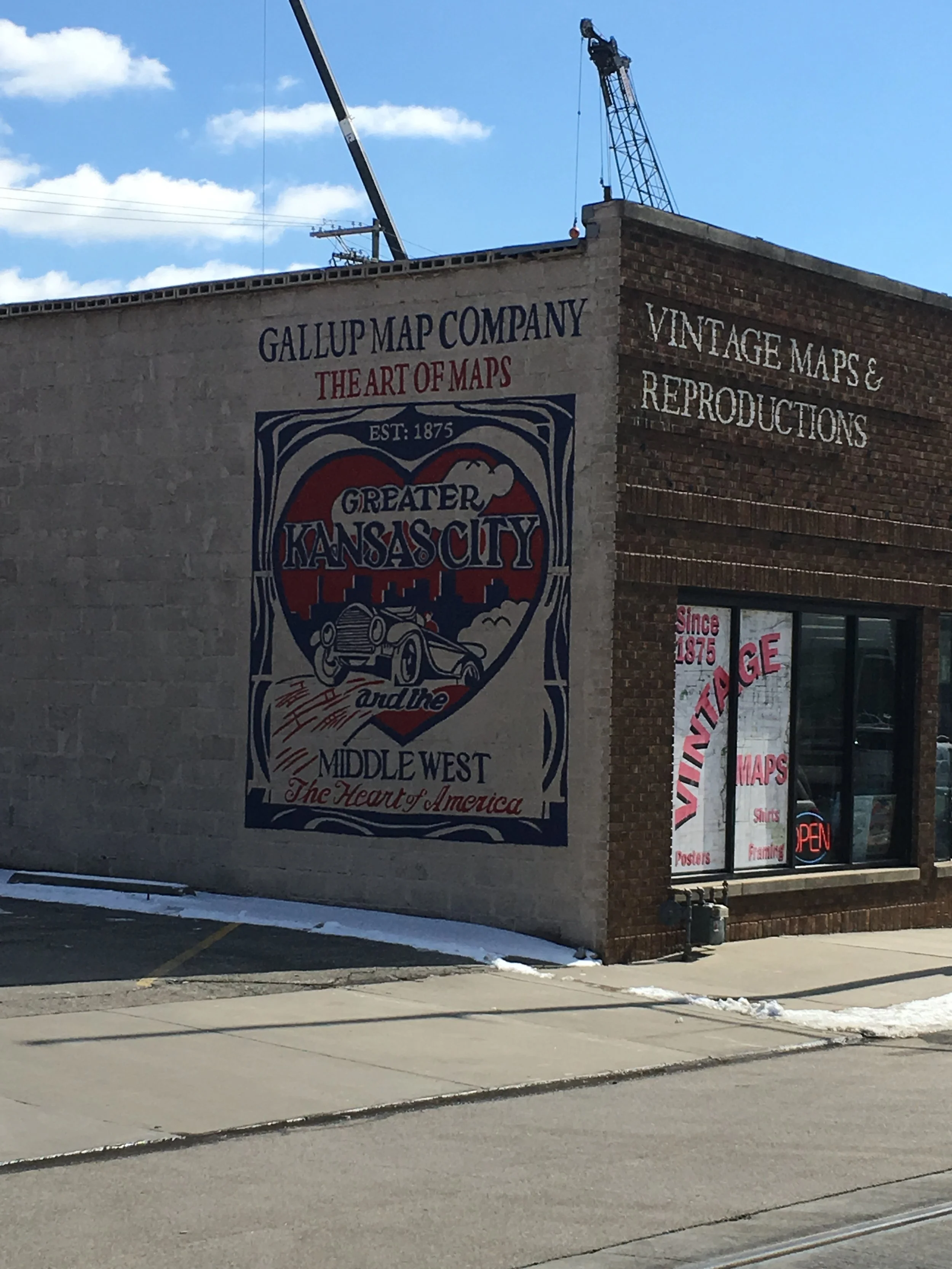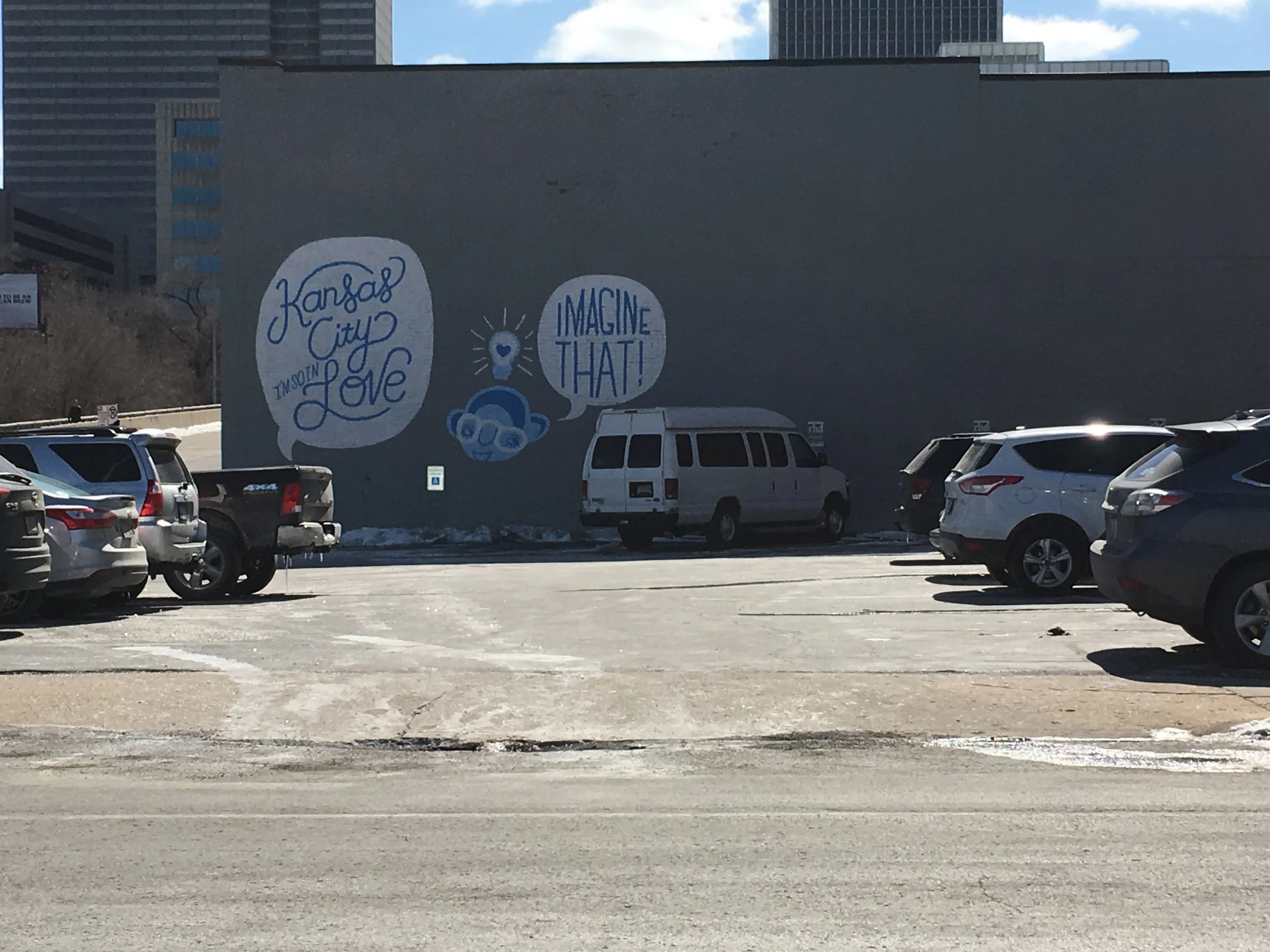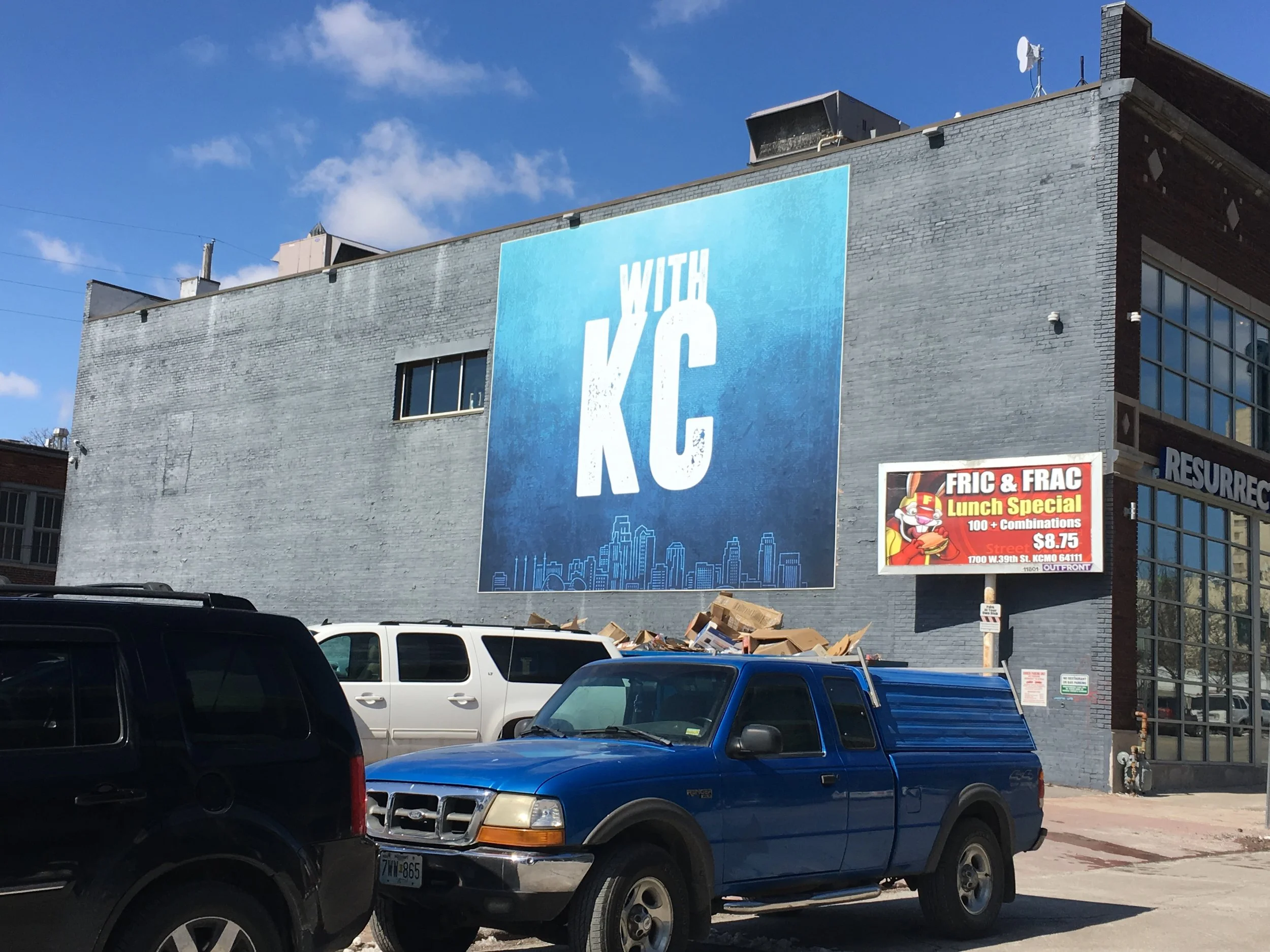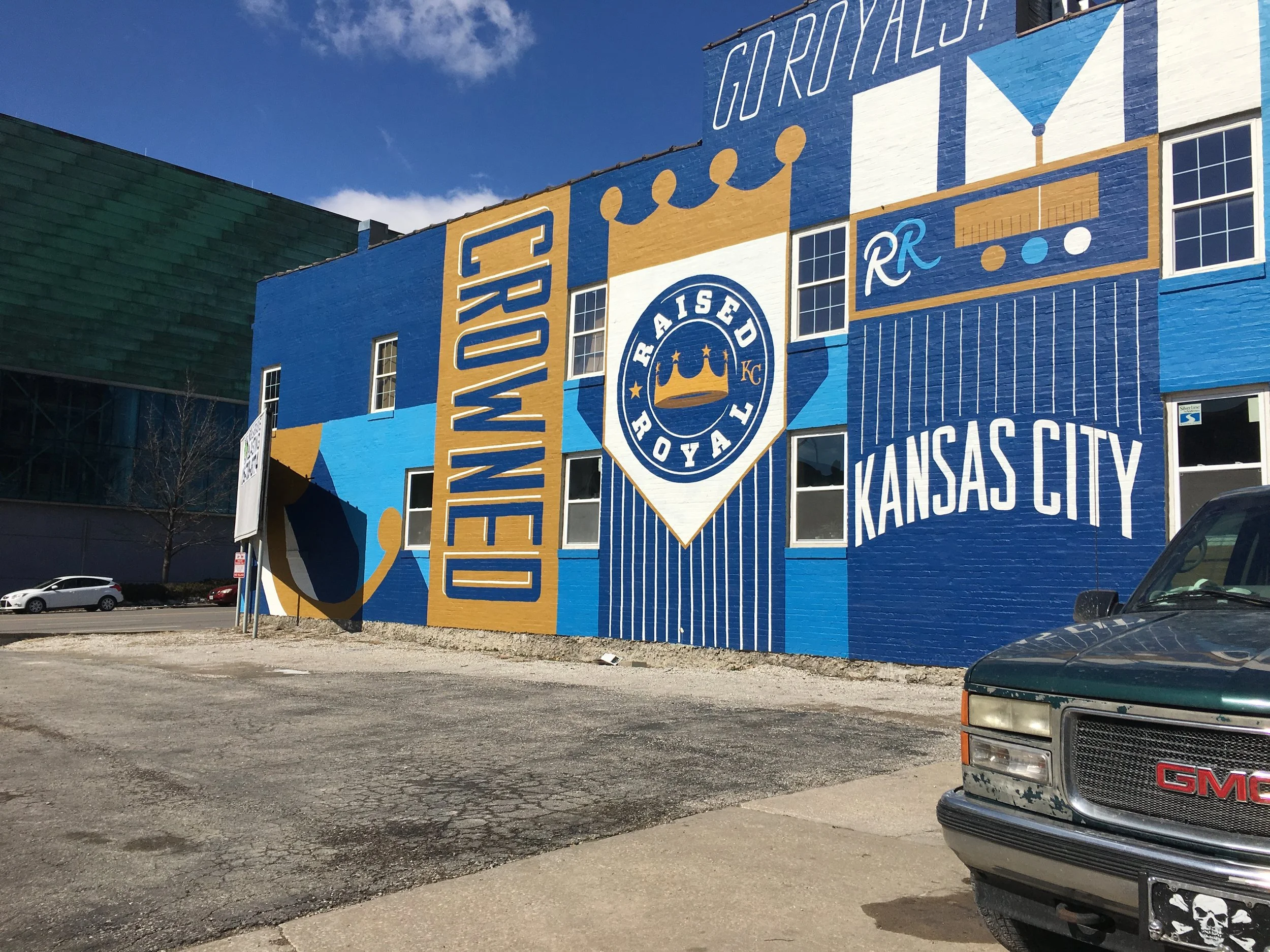Back to Kansas City
Kevin’s note: This is an expanded version of a column I wrote for CitySceneKC. For readers of this site, I wanted to dive a little deeper and try to relate my experience to other cities across the country.
About nine years ago, I made a decision to leave Kansas City and move to Savannah, Georgia. It wasn’t an easy choice. With so many personal and professional connections, I knew I’d be giving up a lot. But, I felt I needed a change of scenery in the depths of “the meltdown” as some of us like to refer to the previous recession. 2009 and 2010 were not the best of times.
“Kansas City” video of Mumford and Sons courtesy of EMI Music
Last month, I came back. This time, it’s not just me, since I’m now a husband and a father. While the timing hasn’t been great (what is up with this miserable winter?), we have been excited to come here and reconnect with family and friends. A lot has changed in nine years. A lot hasn’t changed in nine years.
People ask me frequently, how does it feel to be back? My answer: it’s a little strange. In some ways, I’m a tourist in my own town. In other ways, it’s like putting on a comfortable, old shoe.
I like to occasionally remind people that two seemingly opposing things can be true at the same time; A) cities change very slowly and B), a lot can change in nine or ten years. Cities change slowly because they are made of things called buildings that take time to design and build. 25 years is the blink of an eye when talking about the physical change of most cities. But cities are more importantly made up of humans, and human life changes quickly and frequently. As we come and go, create and destroy, and generally go about doing the messy, unpredictable things humans do, we can cause a lot to be different in a relatively short time.
In just a month or so, I’ve already observed there’s much more positive energy in the city than I ever remember. The civic pride is obvious, and exciting to see. “KC” is everywhere. My wife thinks this is Mural City, USA. This just wasn’t the case even a decade ago. Is it just because the Royals won the World Series while I was gone? I don’t think so. I sense something else bubbling up; a general pride of place and excitement for the future.
Many more people are experimenting with new ideas and concepts. The entrepreneurship is tangible. While planners and economic development types tend to focus on the big, glamorous projects, we sometimes miss the scores of people starting and growing small businesses. As I’ve driven around, I’ve been impressed by how much more startup and small business activity is physically noticeable.
There’s also a youthful energy that wasn’t present 20 years ago, or even 15. Sure, some of us lived in the city right after college in the 80’s and 90’s, but honestly there weren’t many. Most young people ended up in the suburbs, or as was often the case, left the area entirely. KC’s lack of urban vitality (and cities across the Midwest) was a boost to other cities such as Chicago, Denver and Seattle. The memory of that phenomenon is some of what inspired me to write pieces like this one, which explains that not all housing markets are truly local.
Improvements in the core of downtown have spurred people to activate more peripheral areas. People often tried to make things work beyond the heart of downtown fifteen years ago, but most failed. Put simply, we just didn’t have enough bodies in the urban core to support it all. Whether it’s the West Bottoms, East Bottoms, Columbus Park, 31st & Troost, North KC, KCK – the list goes on. What’s happening here is a great case study in why a city needs a strong downtown. Without it, the adjoining areas can’t truly thrive, either. In our case, it’s also what the city used to have, as recently as the 1950’s. It’s not outlandish to think we can at least recreate the urban activity of Kansas City in 1947, especially since the metro population is more than double of that era.
Kansas City Metropolitan Population in the 5 core counties, according to the US Census Bureau
1950 829,330
2010 1,687,103
Context is always good when thinking about change in cities. Twenty-five years ago, the city was frankly, depressing. Downtown was not a happy place to be. The focus was still largely on suburbanizing the city. “We are going to burn the town to save the town,” that sort of thing. Fortunately, that attitude has changed and is being gradually put to bed.
How has it all happened? As usual, it’s a combination of efforts. Early risk-takers, especially those in the arts and design communities have made a huge impact. KC’s lavish tax incentives, while controversial, have unquestionably helped. Big, visual, civic efforts like renovating Union Station bolstered civic pride. The streetcar has been an obvious catalyst. And we can’t forget the people who never gave up on the city to begin with. I’ve said in speeches before that the first wave of preservationists in this country are heroes. They fought to save our civilization from itself, when society was in a headlong rush to tear everything down and build the new, modern city. KC benefited from those early preservationists, too, who saw beauty in the city when others didn’t.
In the 90’s and 00’, people around my age (I’m talking about Gen X, in case you were wondering) often brought with them the knowledge and excitement of urban life from other countries and other cities. Many of us had benefited from the experiences of travel, especially overseas travel in college, and were trying to figure out how to recreate what we saw at home. Those of us who truly loved the city saw what it could be. It’s no accident that many of this cohort are now in important positions that guide efforts for development, public transportation, bicycling, and better planning.
Today’s young people are now enjoying the fruits of those previous labors, and pushing everyone else to go farther. As even more of the market discovers urban life, I imagine change will accelerate. Today and tomorrow’s young people won’t be easily satisfied with excuses from older folks like me about why it takes so long to get a bike/scooter/mobility lane, or why they can’t build an ADU or a duplex. They’ll rightfully have far less patience for the inertia of 20th-century ideas.
I attended high school in Marshall, MO, a small town east of KC, and only briefly lived in the metro as a child. Our family moved around frequently all over the Midwest. My Dad’s company moved us from place to place as he moved up the management ladder. But KC was always considered our home, no matter if we lived in Minnesota, Oklahoma or central Missouri. The Klinkenbergs actually have a presence in the area going back to the 1870’s, when my great-great grandparents emigrated from the Friesland region of the Netherlands. As I’ve grown a bit older, I’ve come to appreciate those roots more and more. Wherever I am living at the time, KC will always be home.
It's also true there’s an awful lot my family and I loved about Savannah. In my not-so-humble-opinion, it’s the most beautiful city in North America (at least the pre-WWII parts of the city anyway.) For an urban design and architecture geek like me, Savannah is a never-ending delight. I wish KC had more of the charm, the timelessness, the walkability and the beauty of Savannah. But I’ll leave that for another day.
The good news is, there seems to be a new attitude here in the Heartland. I can sense much more optimism, more creative spirit and more urban “want-to” than I’ve seen in my lifetime. The naysayers, those who say people in KC or the Midwest don’t want real urbanity, well, they don’t have much of a leg to stand on anymore. People are voting with their feet and dollars. Some of us always felt this would happen, but status quo bias is very hard to change.
For much of my adult life, it was the voices of those content with suburbanizing the city that dominated the conversation. From elected officials through local government staff and deep into the business community, this was the case. As much as anything, I’m delighted that other voices are now being heard that recognize what it takes to build a thriving urban community. The more we learn to trust those who understand the difference between a successful urban neighborhood and a successful suburban neighborhood, the more the city and its people will thrive.
There’s also still much, much more to do. We are very early in a long game to restore and revive the city. I’ll tackle that next time. I’ll share some thoughts on what’s left to be done and some challenges to those who care to be challenged. For now, let’s all revel in how much good has happened in recent years. For those who’ve made it all happen, and continue to make it happen, take a victory lap. You’ve helped KC take the next, important step. Just don’t get cocky.
If you got value from this post, please consider the following:
- Sign up for my email list
- Like The Messy City Facebook Page
- Follow me on Twitter
- Invite or refer me to come speak
- Check out my urban design services page
- Tell a friend or colleague about this site


